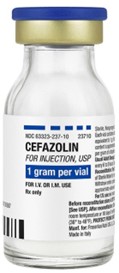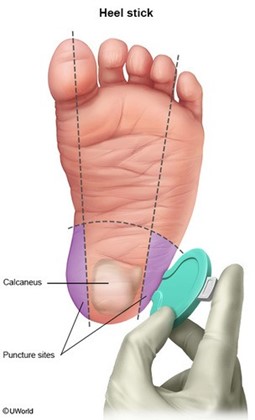A nurse is reviewing client care assignments prior to the beginning of a shift. Which of the following client assignments should the nurse identify as being outside the scope of practice for an LPN?
A client who has a new onset of chest pain
A client who has a tracheostomy
A client who is receiving enteral feedings
A client who has urinary retention
The Correct Answer is A
The nurse should identify that caring for a client who has a new onset of chest pain is outside the scope of practice for an LPN. This is a complex and potentially life-threatening situation that requires the assessment and intervention of a registered nurse (RN) or other advanced practice provider.
b) Caring for a client who has a tracheostomy is within the scope of practice for an LPN.
c) Caring for a client who is receiving enteral feedings is within the scope of practice for an LPN.
d) Caring for a client who has urinary retention is within the scope of practice for an LPN.
Nursing Test Bank
Naxlex Comprehensive Predictor Exams
Related Questions
Correct Answer is C
Explanation
The nurse should clarify the prescription for cefazolin with the provider. Cefazolin is a cephalosporin antibiotic, and there is a risk of cross-reactivity in individuals who have an allergy to penicillin.
a) Doxycycline and b) Vibramycin (which is another name for doxycycline) are tetracycline antibiotics and are not related to penicillin.
d) Gentamicin is an aminoglycoside antibiotic and is also not related to penicillin.

Correct Answer is C
Explanation
The nurse should apply a heat pack 5 to 10 minutes prior to the procedure when planning to obtain blood from a newborn via a heel stick. This helps to increase blood flow to the area and makes it easier to obtain the specimen.
a) Puncturing the heel to a depth of 4 mm is too deep and can cause injury to the newborn. The recommended depth for a heel stick is 2.4 mm or less.
b) Withholding feeding prior to collecting the specimen is not necessary.
d) Elevating the newborn's foot for 15 minutes following the procedure is not necessary.

Whether you are a student looking to ace your exams or a practicing nurse seeking to enhance your expertise , our nursing education contents will empower you with the confidence and competence to make a difference in the lives of patients and become a respected leader in the healthcare field.
Visit Naxlex, invest in your future and unlock endless possibilities with our unparalleled nursing education contents today
Report Wrong Answer on the Current Question
Do you disagree with the answer? If yes, what is your expected answer? Explain.
Kindly be descriptive with the issue you are facing.
